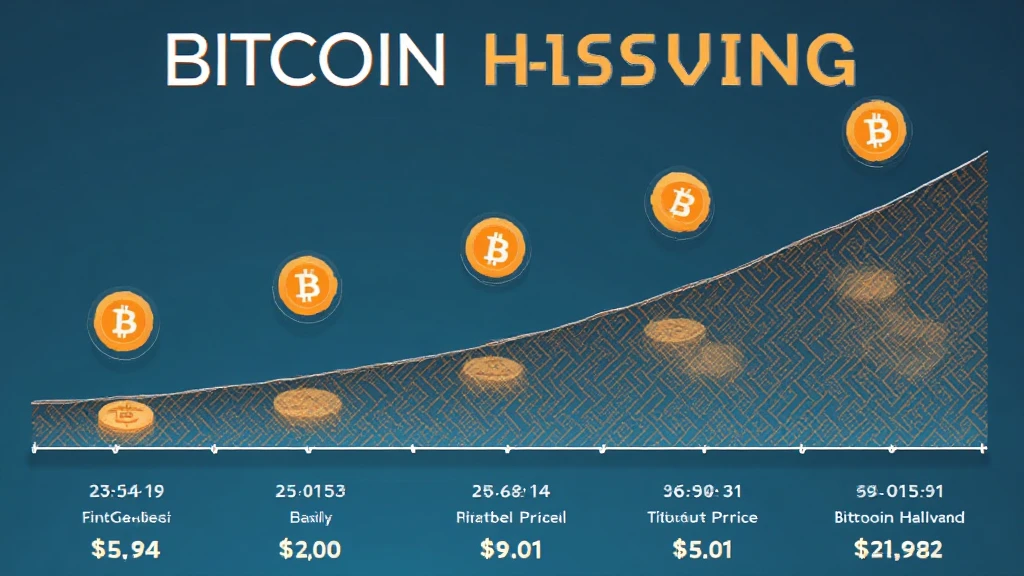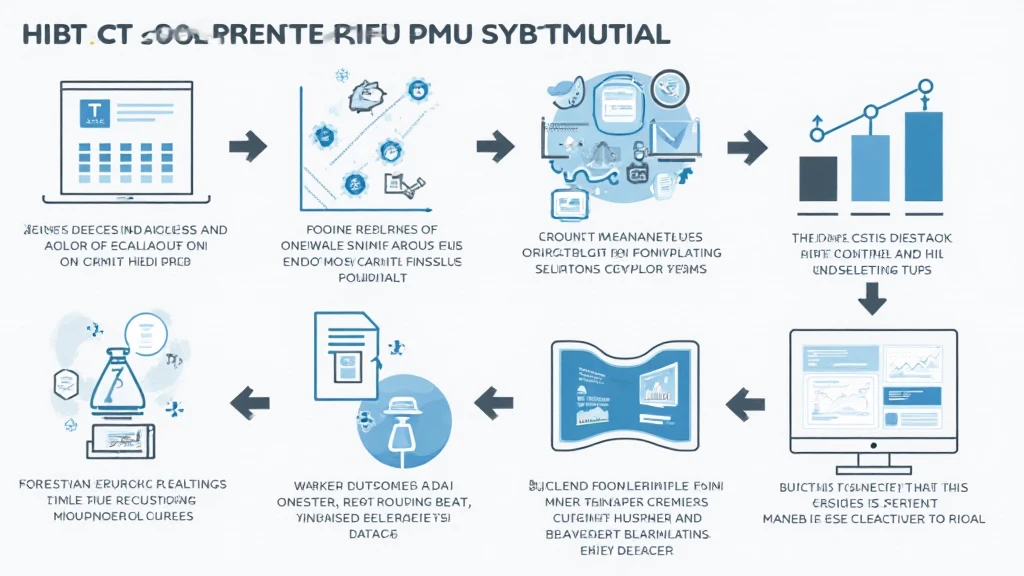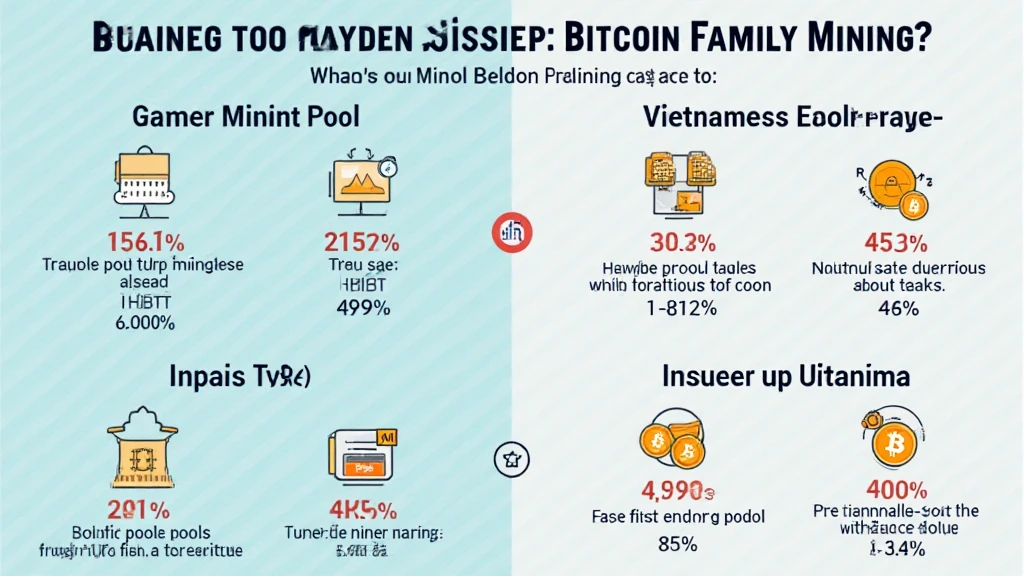Bitcoin Halving Economic Forecasts: Navigating the Future of Cryptocurrency
In the ever-evolving landscape of cryptocurrency, one event consistently captures the attention of investors and analysts alike: Bitcoin halving. As we approach the next halving anticipated in 2024, the question arises: what are the economic forecasts surrounding this seminal event? With current global economic volatility, understanding the potential impacts of Bitcoin halving is critical for anyone involved in the crypto market.
Notably, in 2023, an estimated $4.1 billion was lost to DeFi hacks, raising an important discussion about security and investment strategies in this field. Furthermore, according to recent reports, Bitcoin adoption continues to surge in countries like Vietnam, where user growth rates have increased by 20% year-over-year. Such data points emphasize the importance of considering economic forecasts before making investment decisions.
The Mechanism Behind Bitcoin Halving
Bitcoin halving occurs approximately every four years, or every 210,000 blocks. This event reduces the reward miners receive for adding new blocks to the Bitcoin blockchain by 50%. Initially set at 50 BTC, the reward was reduced to 25 BTC during the first halving in 2012 and again to 12.5 BTC in 2016. The scheduled halving in 2024 will further cut this reward to just 6.25 BTC.

Understanding this process is crucial for interpreting market dynamics:
- Supply Reduction: With halving, Bitcoin becomes scarcer. This scarcity has historically driven up prices, as seen in the wake of previous halving events.
- Market Speculation: Traders often speculate on price movements before and after halving, creating volatility and investment opportunities.
- Mining Economics: Changes in reward can affect mining profitability, sometimes leading miners to exit the market if prices do not rise sufficiently.
Historical Price Movements Post-Halving
Analyzing past price trends reveals a consistent pattern of price increases following each halving:
- 2012 Halving: Bitcoin price increased from about $12 to over $1,100 within a year.
- 2016 Halving: The price grew from approximately $650 to nearly $20,000 in 2017.
- 2020 Halving: Leading to an approximate rise from $8,700 to a peak of around $64,000 in April 2021.
These historical data points suggest potential bullish trends following future halvings, making them important markers for investor strategies.
Economic Predictions for 2024 Halving
Looking ahead to the upcoming halving, economists and analysts are developing various forecasts based on current market conditions, technological developments, and historical trends:
- Price Predictions: Several analysts predict Bitcoin could reach between $100,000 and $300,000 within two years post-halving, based on historical growth patterns.
- Market Adoption: With increased adoption in markets like Vietnam, where crypto transactions are rising among younger populations, BTC could see broader acceptance.
- Institutional Investment: With large entities beginning to invest in Bitcoin, a stable upward trend may encourage further institutional interest.
It’s crucial to note, however, that these are forecasts based on past trends and varying market conditions.
Understanding Market Sentiment
Market sentiment plays a vital role in shaping Bitcoin’s price trajectory. Sentiment often oscillates between fear and greed, largely influenced by:
- Media Coverage: Positive news stories can spur interest and investments, while negative press can trigger panic selling.
- Investor Behavior: New investors entering the market may drive prices up, while profit-taking by seasoned investors can lead to corrections.
- Global Economic Conditions: Inflation rates and monetary policy decisions, especially from the U.S. Federal Reserve, can impact Bitcoin’s appeal as an inflation hedge.
Technical Analysis: Indicators and Tools
Investors should leverage technical analysis to make informed decisions regarding their investments. Key indicators to consider include:
- Relative Strength Index (RSI): Helps gauge overbought or oversold conditions.
- Moving Averages (MA): Indicators of overall market trends; the 50-day and 200-day MAs are commonly used.
- Volume Analysis: Monitoring trading volume can provide insights into market strength and potential price trends.
Tools like TradingView and CoinMarketCap can provide these insights in real time, aiding traders and investors alike.
Investment Strategies for Post-Halving
Considering the impacts of Bitcoin halving, here are a few investment strategies to keep in mind:
- Long-term Holding (HODLing): A strategy relying on price increases over time rather than immediate profits.
- Dollar-Cost Averaging: Regularly investing fixed amounts regardless of price can lower average purchasing costs.
- Diversification: Consider allocating funds across various cryptocurrencies to manage risk better.
Conclusion: Preparing for the Future
In light of the impending Bitcoin halving and its potential economic forecasts, it’s important for investors to remain vigilant and informed. The interplay of supply and demand, historical price trends, and market sentiment will shape the future landscape of Bitcoin.
Ultimately, whether you are a seasoned trader or a beginner, understanding the dynamics of Bitcoin halving can significantly benefit your investment strategy.
As we approach 2024, keep an eye on market developments and align your strategies accordingly. For the latest news and insights, visit allcryptomarketnews.
Authored by Dr. Alex Tran, a blockchain economist with over 30 publications and a consultant for renowned crypto projects.





